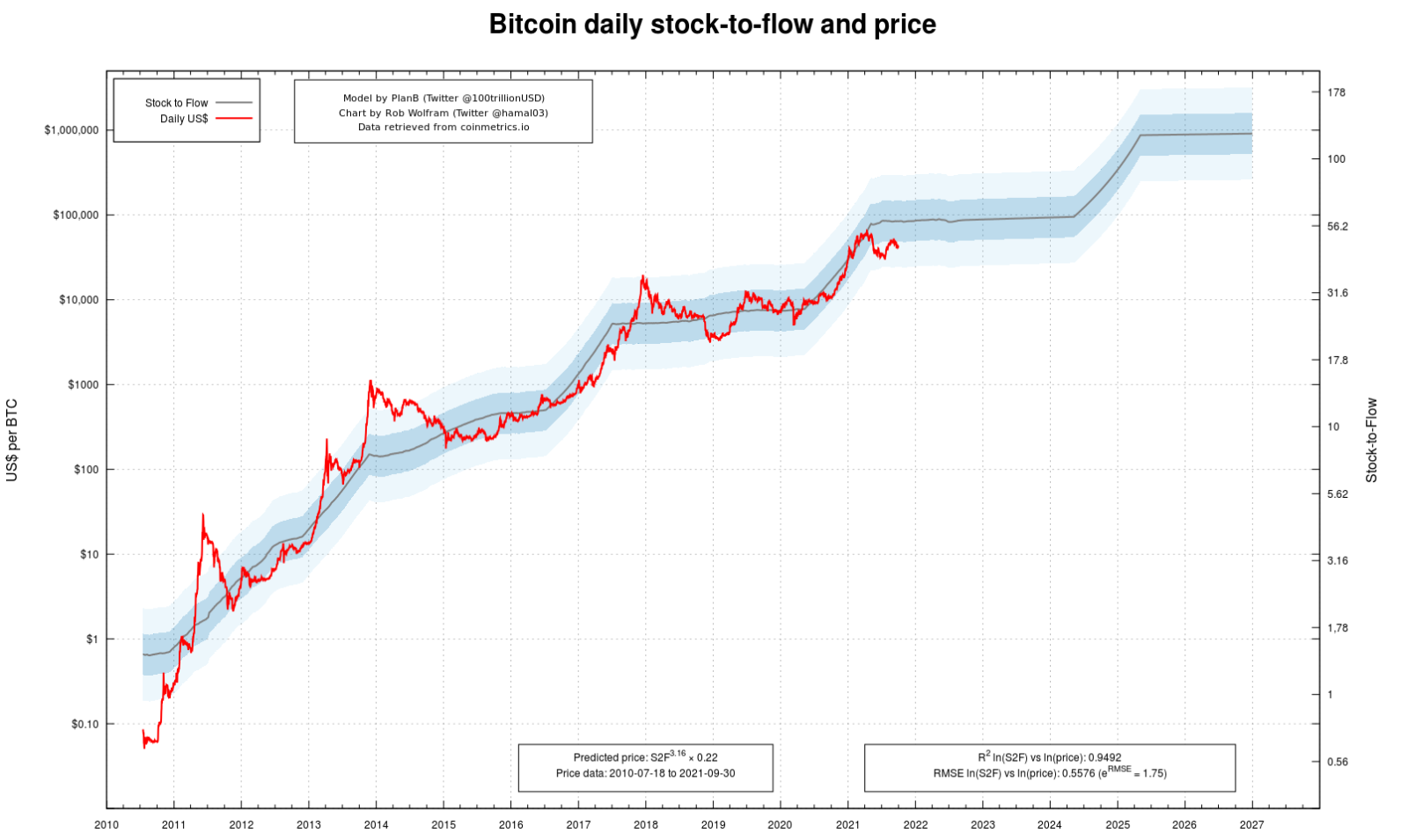Understanding Data Transfer: Methods, Best Practices, And Security

Table of Contents
Methods of Data Transfer
Data transfer encompasses the movement of digital information from one location to another. This can be achieved through a variety of methods, each with its own advantages, disadvantages, and security considerations. Let's explore some key approaches:
Wired Connections
Wired connections offer high bandwidth and generally superior security compared to their wireless counterparts. However, they lack the flexibility of wireless options.
- Ethernet: This widely used standard provides reliable, high-speed data transfer within a local area network (LAN). Gigabit Ethernet (1 Gbps) and 10 Gigabit Ethernet (10 Gbps) offer significantly faster transfer speeds, ideal for bandwidth-intensive applications.
- Fiber Optic Cables: Utilizing light pulses to transmit data, fiber optic cables provide exceptionally high bandwidth and are capable of transferring data over extremely long distances with minimal signal degradation. This makes them a critical component of backbone networks connecting major data centers.
| Method | Bandwidth | Cost | Security | Advantages | Disadvantages |
|---|---|---|---|---|---|
| Ethernet | 1 Gbps - 10 Gbps+ | Relatively Low | Good | Reliable, high speed, widely available | Limited range, inflexible cabling |
| Fiber Optic | 10 Gbps - 100 Gbps+ | Higher | Excellent | High bandwidth, long distance capability | Higher installation cost, less flexible |
Wireless Connections
Wireless connections provide flexibility and mobility but often compromise on security and speed compared to wired options.
- Wi-Fi: A ubiquitous standard utilizing radio waves, Wi-Fi offers convenient wireless connectivity. Different standards (802.11a/b/g/n/ac/ax) provide varying speeds and capabilities. Strong security protocols like WPA2 and WPA3 are crucial to mitigate vulnerabilities.
- Bluetooth: A short-range wireless technology commonly used for connecting peripherals like keyboards, mice, and headphones. While convenient, Bluetooth's security can be a concern, requiring secure pairing methods.
- Cellular Data: Utilizing cellular networks (3G, 4G, 5G), cellular data offers mobile data transfer capabilities. 5G significantly increases speed and reduces latency compared to its predecessors, but security risks remain.
- Satellite Internet: For remote areas lacking terrestrial infrastructure, satellite internet provides connectivity, albeit with higher latency and lower speeds compared to terrestrial options.
Cloud-Based Data Transfer
Cloud storage services and cloud computing platforms fundamentally change how data transfer is managed.
- SaaS (Software as a Service): Applications like Google Drive or Dropbox facilitate data transfer between users and devices, often automatically syncing data across multiple platforms.
- IaaS (Infrastructure as a Service): Provides virtual servers and storage in the cloud, allowing for efficient and scalable data transfer solutions.
- PaaS (Platform as a Service): Offers development and deployment environments in the cloud, streamlining the process of building and deploying applications that rely heavily on data transfer.
Cloud-based data transfer introduces security considerations requiring robust encryption, access control, and compliance with relevant data privacy regulations.
Best Practices for Data Transfer
Implementing best practices is crucial for ensuring secure and reliable data transfer.
Data Encryption
Encrypting data during transfer safeguards it from unauthorized access. Strong encryption algorithms like AES (Advanced Encryption Standard) and RSA (Rivest–Shamir–Adleman) are vital for protecting sensitive information.
Secure Protocols
Employing secure protocols like HTTPS (for web traffic), SFTP (Secure File Transfer Protocol), and FTPS (File Transfer Protocol Secure) ensures data integrity and confidentiality during transmission.
Access Control and Authentication
Strong passwords, multi-factor authentication (MFA), and role-based access control (RBAC) limit access to authorized users only, preventing unauthorized data access.
Data Backup and Recovery
Regular backups and a robust disaster recovery plan are essential for mitigating data loss due to hardware failure, cyberattacks, or natural disasters.
Regular Software Updates
Keeping software and operating systems up-to-date patches security vulnerabilities, preventing attackers from exploiting weaknesses to gain access to data during transfer.
Security Considerations for Data Transfer
Data transfer security is a multifaceted issue requiring a proactive approach.
Data Breaches and Their Consequences
Data breaches can lead to significant financial losses, reputational damage, legal liabilities, and loss of customer trust.
Malware and Viruses
Malware can intercept data during transfer, leading to data theft, corruption, or system compromise. Antivirus software and robust security measures are crucial.
Phishing and Social Engineering
Phishing attacks and social engineering tactics exploit human vulnerabilities to gain unauthorized access to data and systems. Security awareness training is vital.
Denial-of-Service (DoS) Attacks
DoS attacks overwhelm systems, disrupting data transfer and rendering services unavailable. Mitigation strategies are crucial for maintaining data transfer availability.
Regulatory Compliance
Adhering to relevant data privacy regulations like GDPR (General Data Protection Regulation) and CCPA (California Consumer Privacy Act) is essential to ensure legal compliance and protect user data.
Mastering Data Transfer for a Secure Digital Future
Secure and efficient data transfer is the lifeblood of our digital world. Understanding the various methods, implementing best practices, and proactively addressing security considerations are crucial for individuals and organizations alike. By utilizing secure protocols, implementing robust encryption, and maintaining vigilant security practices, you can safeguard your valuable data and ensure reliable transfer. Improve your data transfer strategy today! Learn more about secure data transfer techniques by visiting [link to relevant resource].

Featured Posts
-
 Saglik Bakanligi Hekim Disi Personel Alimi Son Dakika Duyurulari Ve Basvuru Kilavuzu
May 08, 2025
Saglik Bakanligi Hekim Disi Personel Alimi Son Dakika Duyurulari Ve Basvuru Kilavuzu
May 08, 2025 -
 Bitcoin Price Prediction 2024 Impact Of Trumps Economic Policies On Btc
May 08, 2025
Bitcoin Price Prediction 2024 Impact Of Trumps Economic Policies On Btc
May 08, 2025 -
 Sms Dolandiriciligi Korunma Yollari Ve Sikayet Bildirimi
May 08, 2025
Sms Dolandiriciligi Korunma Yollari Ve Sikayet Bildirimi
May 08, 2025 -
 Xrp Regulatory Status Latest News And Analysis Of Sec Decision
May 08, 2025
Xrp Regulatory Status Latest News And Analysis Of Sec Decision
May 08, 2025 -
 Jayson Tatum Ankle Injury Celtics Face Playoff Uncertainty
May 08, 2025
Jayson Tatum Ankle Injury Celtics Face Playoff Uncertainty
May 08, 2025
